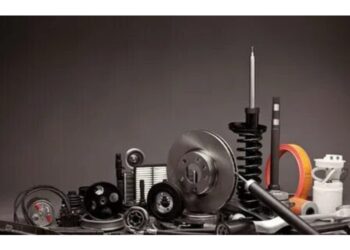India’s electric vehicle (EV) landscape is undergoing a radical transformation, and at the heart of this revolution lies the two-wheeler segment. With rising fuel prices, increasing environmental concerns, and a collective shift toward sustainable mobility, electric bikes and scooters are quickly capturing the imagination—and wallets—of Indian consumers. But as adoption surges and startups mushroom across the nation, the real question remains: is this EV bike boom a fleeting trend or the beginning of a long-term mobility revolution?
The momentum is undeniable. In the past two years, electric two-wheeler sales in India have seen exponential growth. From being niche products relegated to urban enthusiasts and early adopters, EV bikes are now entering the mainstream. Competitor brands have pushed the envelope with compelling models that blend smart technology, sleek design, and practical performance. At the same time, hundreds of smaller players have joined the race, democratizing access with affordable, entry-level options suited for the average Indian commuter.
Much of this growth is being driven by necessity. Urban India is grappling with severe air pollution, traffic congestion, and increasing logistical inefficiencies. In such a scenario, electric two-wheelers offer a cleaner, quieter, and more cost-effective alternative. They are ideal for short intra-city travel, require lower maintenance, and cost significantly less per kilometer than their petrol-powered counterparts. The rise of delivery-based services and e-commerce logistics has also accelerated adoption, with fleet operators increasingly shifting to EVs to cut operational costs.
Government support has also played a catalytic role. Through policies like FAME II (Faster Adoption and Manufacturing of Electric Vehicles in India), states and the central government have provided subsidies, tax breaks, and incentives to both consumers and manufacturers. Road tax exemptions, lower registration fees, and grants for setting up charging infrastructure have created a fertile environment for growth. While implementation varies by state, the overall regulatory signal is clear: India wants an electric future.
However, the road to full adoption is far from smooth. Infrastructure remains one of the biggest bottlenecks. Despite the hype, charging stations are still limited, especially in tier 2 and tier 3 cities where much of India’s real mobility demand lies. Battery technology also remains a challenge. Range anxiety, charging time, and battery degradation are key concerns that deter many from making the switch. Additionally, many EV models are still perceived as expensive relative to petrol bikes, especially when government subsidies are reduced or phased out.
Consumer behavior, deeply rooted in familiarity and brand loyalty, is another hurdle. The emotional connection many Indians have with legacy two-wheeler brands cannot be underestimated. Convincing a population to trade the reliable hum of an engine for the silent whirr of an EV takes more than marketing—it demands consistent performance, service reliability, and proof of long-term value.
Yet, the underlying trends suggest that the EV two-wheeler movement is not a passing fad. Younger consumers, especially Gen Z and millennials, are more open to electric mobility, valuing innovation, sustainability, and tech integration. The proliferation of connected features such as GPS, anti-theft systems, remote diagnostics, and app-based controls are turning EVs into smart devices on wheels. Moreover, the entry of established automobile giants and global investors is adding credibility and scale to the ecosystem, pushing it from hype to habit.
The transition won’t be instant, and there will be speed bumps along the way. But if current indicators hold, India is poised to witness a sustained two-wheeler EV revolution. As battery technology evolves, infrastructure expands, and cost-efficiency improves, electric bikes will move from being an alternative to becoming the default. The Indian consumer has shown that they are willing to adapt when the value proposition is clear—and in the case of electric two-wheelers, that moment of clarity seems closer than ever.
So yes, the EV bike boom is real. And if innovation, policy, and infrastructure align, it could very well be here to stay.












